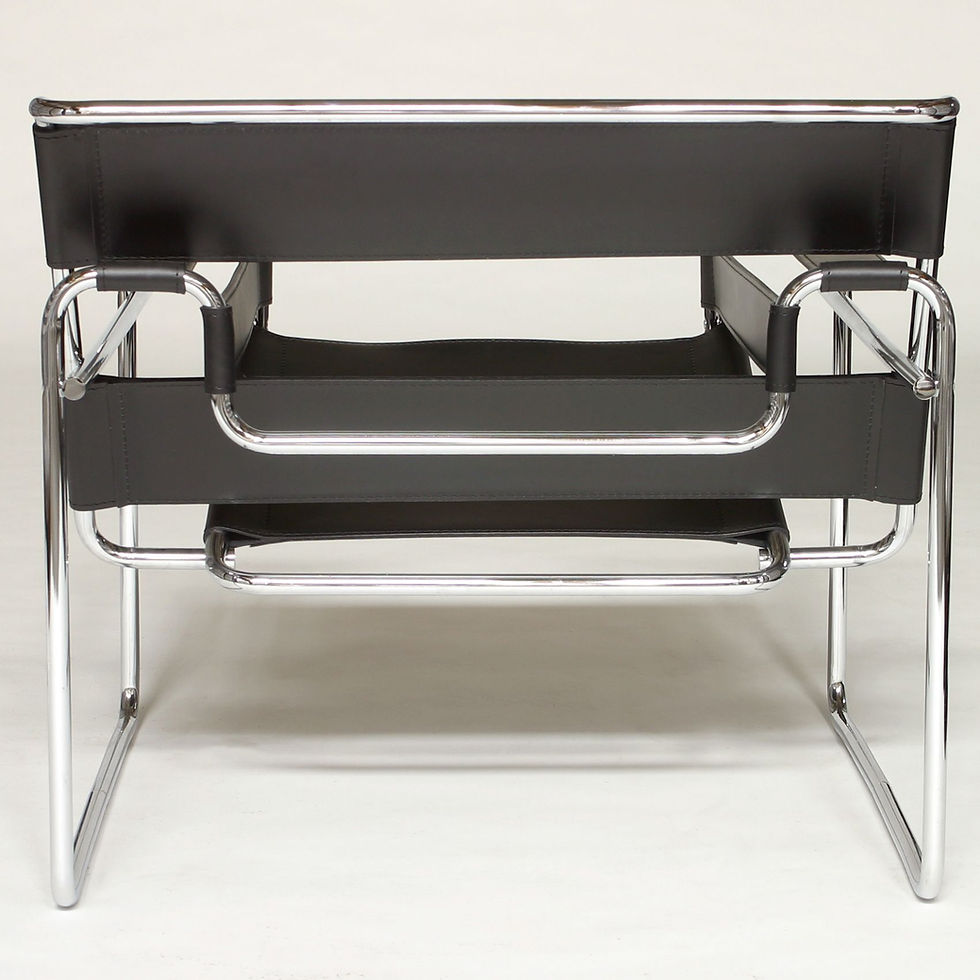SOFA LOTA
ABOUT THE QUALITY
Three seater sofa with hardwood frame covered with expanded foam. Cushions filled with a mix of goose feather and foam. Upholstery in cotton fabric ( 500,00 € less then Verona leather) Side cases in wood lacquered in black polyester polished to a high gloss finish. MADE IN ITALY.
ABOUT THE PRODUCT
The apartment of Madame Mathieu-Levy on Rue de Lota in Paris was regarded as one of the most sensational examples of French interior architecture of the 1920’s. Eileen Gray had created the decor over a period of five years. Among them were black and silver lacquered wall panels and a sumptuous lounge in the shape of a dug-out canoe. Sofa Lota, with its luxuriant cushions and multicoloured lacquered side pieces, is an exceptional furniture during those times. Eileen Gray liked it so much that she later had a second one made for her own home. Angular cubes and soft cushions, aesthetics and comfort: Eileen Gray’s Lota surmounts all contradictions and reconciles all dogma.
ABOUT THE DESIGNER
Eileen Gray
On August 9. 1878, Eileen Gray was born to an aristocratic family in Enniscorthy, a small market town in south-eastern Ireland, and spent her childhood years there. As a young adult, in order to develop her artistic sensibilities, she entered the Slade School for Fine Arts in London and from there moved to Paris where she would spend most of her working life. Paris at the turn of the century was a creative mecca for visual and performance artists, writers, scientists and philosophers. She was strikingly elegant in appearance with a tall lithe stature and auburn hair. Pictures of her, taken in her late teens and early twenties show her dressed in a Victorian style with thick tresses of dark hair piled on top of her head. In these pictures she seems a timid and slightly sad young woman with a hint of disdain in her expression, which may have been the fashion at the time for young people of her class. Later, in a 1926 photograph by Berenice Abbott she appears as a strong sophisticated woman with a lot of style, a little bit mannish perhaps – a tendancy among the bohemian set at that time – but with a lot of womanly beauty. By the time she was photographed by Abbott (according to Gray’s biographer Peter Adams, to be ‘done’ by Abbott who was a student of Man Ray ‘ meant you were rated as somebody’) she had begun to come into the fulness of her creative energy and had created opportunities for herself to explore her talent.. On a trip to London in 1905 Eileen wandered into a lacquer repair shop: a trip which was to change the course of her creative life. With new-found knowledge and some tools in hand, she returned to Paris, linked up with a master craftsman of lacquer, Sugiwara-san, and from there developed new furniture and assessory designs with striking colors and understated shapes. Her boredom with the flowing, leafy lines of the Art Nouveau movement led to an artistic vocabulary which was more closely related to the De Stijl movement: clean lines and simple forms. The effect was stunning: (see linked Lacquer work file.) Eileen’s lacquerwork succeeded in bringing her into the world of furniture and interior design. Her creative genius combined with an innovative sense of form as well as sensitivity to color, were utilized in new and innovative ways, usually to stunning effect.(see linked Furniture/Interior file) In 1921, Eileen opened a store at 217 rue du Faubourg Saint-Honore as a direct outlet to the public for her designs. The store met with relative success in spite of the owner’s lack of commercial and marketing skills. She continued to hone her designs, building upon a growing reputation for design excellence.





























